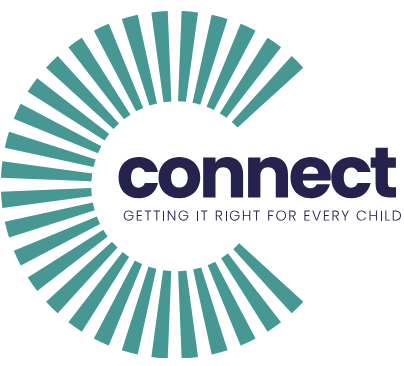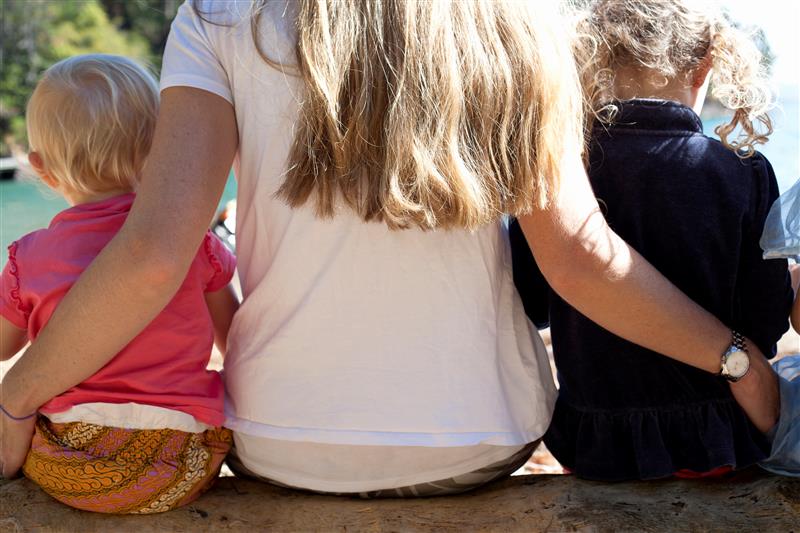The Getting It Right for Every Child (GIRFEC) framework has become a cornerstone of Scotland’s approach to supporting children and families. But where did it all begin? Understanding the history of GIRFEC highlights why it remains so important today.
The Early Years
GIRFEC was developed in response to growing recognition that children’s wellbeing needed to be addressed holistically. In the early 2000s, Scotland identified gaps in how services worked together, particularly for vulnerable children. The need for a more coordinated and child-centred approach became clear.
Development and Launch
- 2006: GIRFEC was introduced as a policy framework to improve outcomes for children and young people. It emphasised early intervention, collaboration, and the use of the SHANARRI wellbeing indicators.
- 2014: GIRFEC was embedded into law through the Children and Young People (Scotland) Act, solidifying its role in Scotland’s services.
Why GIRFEC Was Needed
Before GIRFEC, services often worked in isolation, leading to inconsistencies and delays in support. GIRFEC was designed to bring everyone—families, teachers, healthcare providers, and social workers—onto the same page, ensuring no child fell through the cracks.
The Impact Today
Since its launch, GIRFEC has transformed how Scotland supports children and families. It has become a model for collaborative care and continues to evolve to meet the needs of future generations.




